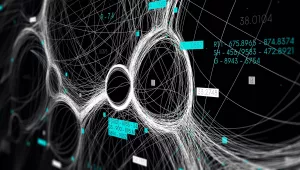AI Cyber Lunch: "Black Hat, White Hat, Green Eyeshades: Improving Cybersecurity through Risk Pricing Models"
Please join the Science, Technology, and Public Policy Program for an AI Cyber Lunch Seminar featuring Daniel Weitzner, 3Com Founders Senior Research Scientist at the MIT Computer Science and Artificial Intelligence Laboratory and Founding Director of the MIT Internet Policy Research Initiative. In a talk entitled "Black Hat, White Hat, Green Eyeshades: Improving Cybersecurity through Risk Pricing Models," Weitzner will discuss the benefits of (currently unattainable) cyber risk pricing metrics and a new approach for achieving them.
Q&A to follow. Buffet-style lunch will be served.
Registration: In-person attendance is limited to current Harvard ID holders. No RSVP is required. Room capacity is limited and seating will be on a first come, first served basis.
Members of the public are welcome to attend virtually via Zoom. Virtual attendees should register using the button below; upon registering, attendees will receive a confirmation email with a Zoom link.
Recording: Please be advised that this seminar will not be recorded.
Accessibility: Persons with disabilities who wish to request accommodations or who have questions about access, please contact Liz Hanlon (ehanlon@hks.harvard.edu) in advance of the session.




